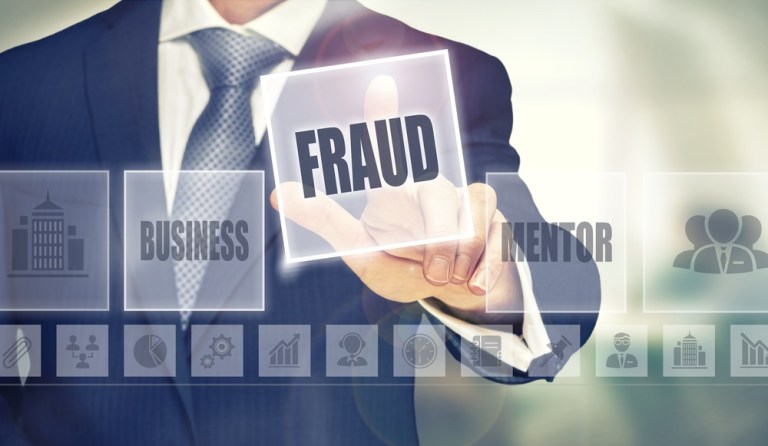Noncash Payment Fraud Values On The Rise Since 2012

Fraudulent noncash payment values have increased by a lot in the U.S. between 2012 and 2015, surpassing growth in noncash payments, the Federal Reserve found.
According to data from the Federal Reserve Payments study, it found the value of noncash fraud jumped 37 percent to $8.3 billion in 2015 from $6.1 billion in 2012. During the same period, the Federal Reserve found the total value of noncash payments increased to $180.3 trillion from $161.2 trillion. The Federal Reserve said in a press release that the fraud data was collected as part of surveys of depository institutions in 2012 and 2015 and payment card networks in 2015 and 2016.
The Federal Reserve said data from the depository institutions survey showed that the overall rate of payments fraud, by value, rose from 2012 to 2015 in the United States, driven largely by card fraud. On the positive side, the Federal Reserve found that between 2015 and 2016 the rate of in-person card fraud decreased by a notable rate, while the rate of remote card fraud increased by a significant amount. Even with the uptick, the Federal Reserve said card payment fraud accounts for less than one-tenth of a percent of all card payments and is a small fraction of the value of card payments.
According to the study in 2015, the payments fraud rate by value was more than 20 percent bigger than in 2012. The fraud rate by number was close to 70 percent larger in the time frame. The Fed found that there were about 46 cents of payments fraud for every $10,000 of payments in 2015, up from 38 cents in 2012. For every $10,000 of payments in 2015 and 2016, credit card fraud increased from $16.95 to $17.13, while debit card fraud decreased from $9.61 to $9.15. The value of fraud with card payments and ATM withdrawals increased to $6.5 billion in 2015 from $4 billion in 2o12, noted the Fed. Meanwhile, the combined fraud rate of credit and debit cards declined negligibly from $13.55 for every $10,000 of payments in 2015 to $13.45 in 2016, noted the report.